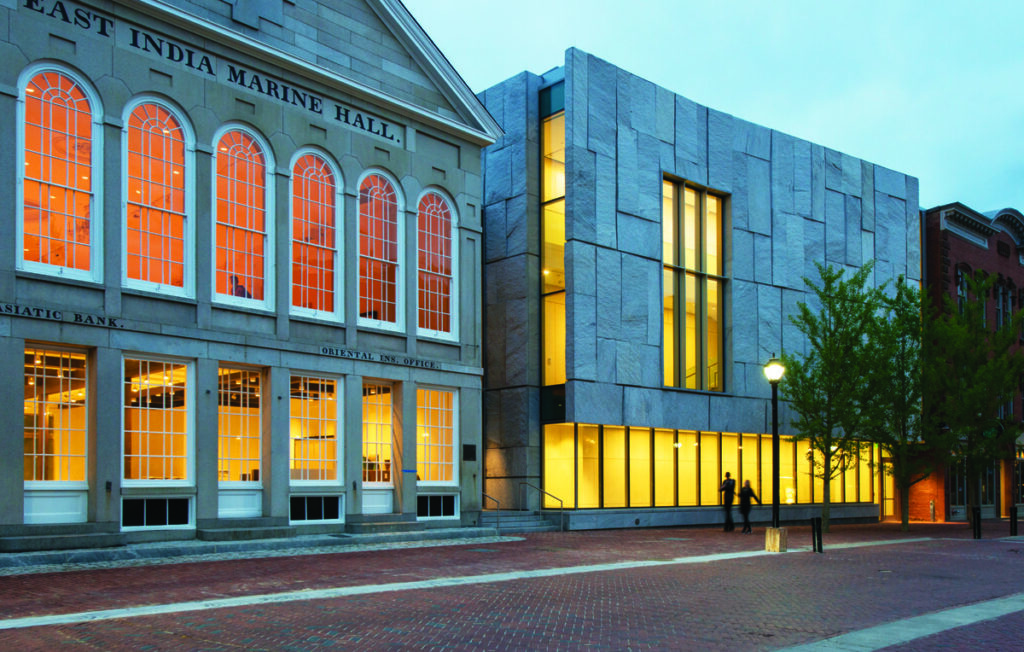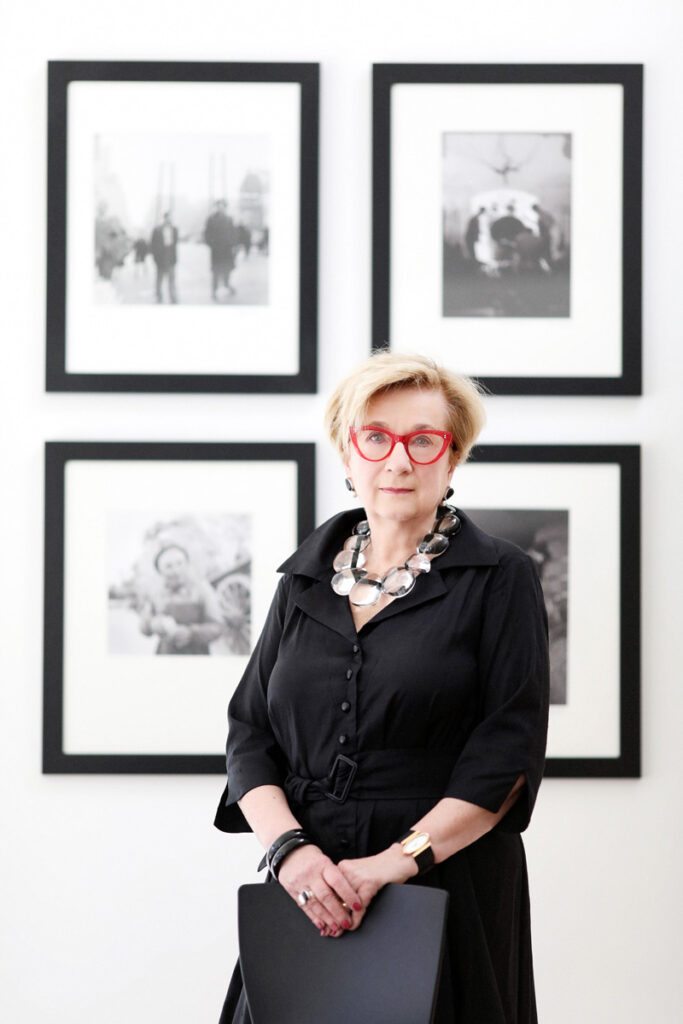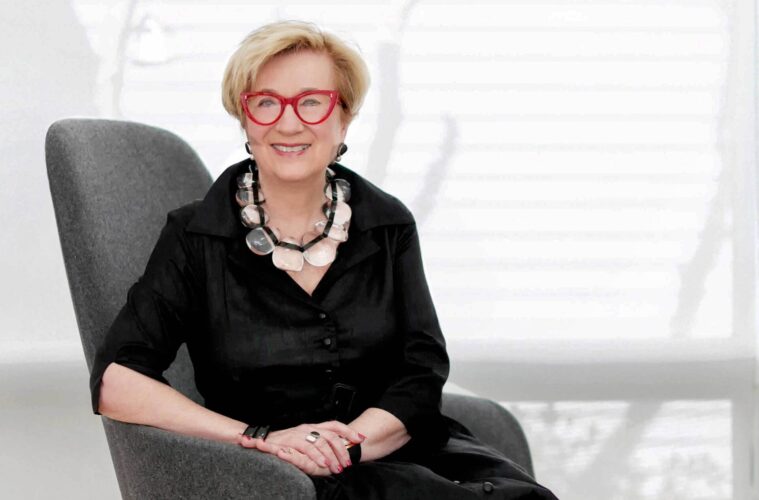When Lynda Roscoe Hartigan, executive director and CEO of the Peabody Essex Museum, was applying for graduate school, she told her professors at Bucknell University that she wanted to study “the art of the fantastic.”
“I have gravitated, as a result, to art that is more emotional and psychological in its orientation, as well as the unusual and the excentric and the unexpected,” she says.
She has brought that sensibility, and much more, to her role as PEM’s first female director in the museum’s more than 220-year history. Now, she’s leading the way toward a new vision for the institution with PEM Forward, a strategic plan that “boldly honors creativity as a nourishing force in people’s lives” and centers people as creative forces, even beyond the art hanging on the wall. It asks, “What does a creative act and a creative product make you think and feel?”
“People are creative. People make objects,” Roscoe Hartigan says. “What you’re talking about is creativity as a basic human drive, to connect, to communicate, to question. . . . Sometimes art can be really messy and difficult and challenging to understand. It wakes up your brain cells and your feelings.”

Roscoe Hartigan has been embracing that drive to create in all its forms throughout her personal and professional life, gravitating “to the underrepresented and underappreciated.”
As chief curator at the Smithsonian American Art Museum in Washington, D.C., she led an acquisition initiative to collect works by Black artists, as well as build a stronger collection of art from contemporary and Latinx artists.
Later, she served as PEM’s first chief curator and eventually deputy director, where she oversaw the interpretation and installation of PEM’s new wing and helped develop the museum’s exhibition program, among other initiatives. She was most recently deputy director for collections and research and chief innovation officer at the Royal Ontario Museum in Canada but returned to PEM in 2021 because it offered the opportunity to lead the museum.
“I wanted to be a director, and quite frankly, I couldn’t think of a better place for me to be director than PEM,” she says. “PEM has such great potential, and I believe I’m the right person to push that potential forward.”
Finding home
Roscoe Hartigan entered college as a fine arts major, but soon switched her focus to art history. Rather than creating art herself, “knowing about why others make art and how you can share that with people was much more to my liking,” she says
Traditionally, studying art history meant becoming an art history teacher at a university. But Roscoe Hartigan didn’t want to be a teacher. Instead, she was drawn to “this animal known as curator.” An internship at the National Collection of Fine Arts—which later became the Smithsonian American Art Museum—led to a decades-long career in museums.
“I was hooked,” she says. “I’m home. This is the kind of environment that I wanted to be in.”

A creative life
Understanding and being connected to creativity has been part of Roscoe Hartigan’s life since she was a child growing up in Scranton, Pennsylvania. Her parents wanted to give her opportunities that they didn’t have and enrolled her in dance, piano, and even elocution lessons, all toward the goal of “being encouraged to be interested visually in the world around us.”
When she was in fourth grade, her family moved to a neighborhood across the street from Scranton’s Everhart Museum, where she took art and science classes and later, volunteered.
“I am more than convinced that all that time I spent in the museum really imprinted on me,” Roscoe Hartigan says.
An early interest in interior design and fashion imprinted on her, too, and still resonates today. Roscoe Hartigan is known for her bright-red glasses, snappy clothing, and bold, oversized, eclectic jewelry. She was even recognized in a bank in Salem for her signature look.
“I had the red glasses on, and the teller looked at me and said, ‘You’re the director of the museum!’” she says.
It all ties in to how she approaches life and art.“I believe in the visual and well-designed things and environments as a way to really engage people,” she says. That kind of engagement has been central to her approach at PEM.
“I believe in creating experiences,” she says. “How do you arrange things in order to activate people’s curiosity and get them physically involved in what they’re experiencing?”
PEM visitors can feel that throughout the museum, whether it’s through love-letter writing at the recent Gio Swaby “Fresh Up” exhibition or exploring the large, geographic globes scattered across the gallery floor in the upcoming “Ballroom” installation from artist Agustina Woodgate.
It all comes back to the museum’s being a creatively nourishing place that isn’t elitist or exclusionary but, instead, draws everyone in.
“I believe in museums and arts and culture and creativity as central and meaningful things in people’s lives,” Roscoe Hartigan says. “There is the great, deep need, I believe, for some sense of nourishment and a sense of revitalization that makes it possible for us to feel inspiration and joy and to connect with other human beings. For me, creativity is a very powerful resource for nourishing our health as human beings.”

